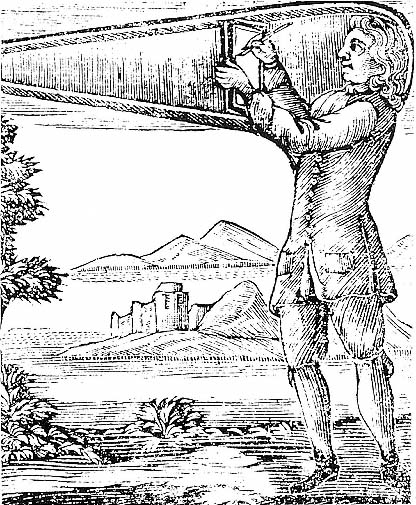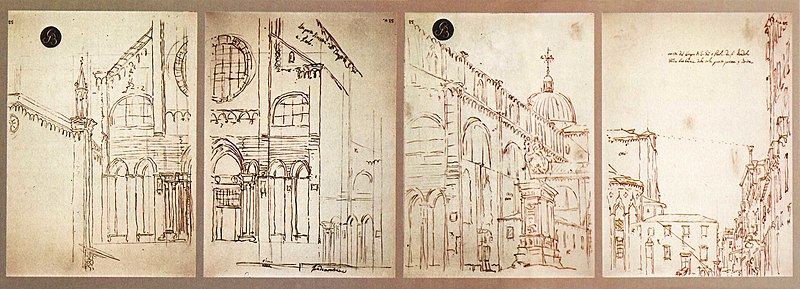Hands are worth mastering because they speak about our experiences and character.
 |
|
Study of a Woman’s Hands, 1490, charcoal and silverpoint, Leonardo da Vinci, courtesy Royal Collection, London |
I wish I’d had the opportunity to study with one of the comic book greats like Jack Kirby or Steve Ditko. They had a gift for compressing human expression into explosive images. That’s especially true of their hands.
I look at my own hands every day. When I’m writing this blog and when I’m painting, they’re always in the periphery of my vision. The trained observer could read some of my history from my nails and calluses. Beyond that, our hands move expressively. The carpenter has power in his grip; the musician has grace.
Hands can be difficult to draw due to their complexity. However, it’s easy enough to get reference for your drawings. You’ve always got a spare hand hanging around. When I’m drawing in church, my right hand is often my model. Or, if you want to draw a two-handed or more complex pose, hire a model or take a reference photo. Hands shift shape as they move through their range. It’s difficult to get that right without photo reference.
 |
|
Praying Hands, detail study for the Heller Altarpiece, 1508, India ink and wash, Albrecht Dürer, courtesy Albertina. |
Start by understanding the bone structure. There are 27 fixed bones in the hands (plus an indeterminate number of sesamoid bones). A rookie error in drawing is to treat the thumb as if it sticks sideways out of the hand; instead, it sprouts from that nest of bones at the wrist called the carpals. The fingers don’t stick straight forward, either; instead, they’re arrayed like a bouquet of flowers. All movement in the hands starts at the wrist, not the fingers.
Our thumb is our most mobile digit, because its metacarpophalangeal joint isn’t locked down. Pay attention to that joint; it’s important in drawing. In our fingers, that joint is tied to its mates. Our little fingers and index fingers have some sideways mobility, but the poor suckers in the middle are pretty well stuck. However, our hands are designed to move in coordinated arches, which is why we can grip so strongly and accurately.
 |
| Metacarpophalangial joints, courtesy Wikipedia. |
There are age- and sex-specific differences in hands. Older people develop arthritic bone spurs and knobbiness and lose the fatty deposits on the back of the hands. That means we can see their bones and blood vessels more clearly. The length ratio between the index and ring fingers are often different between men and women. Men tend to have less body fat, so their blood vessels in the hands are visible from a younger age.
Mark out the positions of each knuckle. The metacarpophalangeal joints (our first knuckles) form the major hinge of our hands. While they move in concert, they’re not always on the same plane, so mark their positions as circles. Do the same for the second and third knuckles. At this point, your drawing should look like a loose mishmash of circles. From there, limn out the shapes of the fingers in terms of simple geometry. The palm is a trapezoid, and the fingers are flattened rectangular or rounded shapes. The heel of your hand has volume, especially the plump part at the base of your thumb.
 |
|
Study of hands, 1955, pencil, Andrew Wyeth, courtesy Swann Auction Galleries |
Fingers aren’t flat. They’re more box-like than round, and they can be quite individual in their shape. But you must think of them as having volume and size, or you can’t visualize how they’re changing in perspective.
The last tricky thing you have to deal with are the fingernails. They’re curved, and mostly visible by the deep shadow they cast on their edges. Don’t make too big a deal of them or they’ll overwhelm your drawing.
Once you have the fundamental shapes and landmarks in place, drawing the lights and shadows is easy. The blocking on the knuckles makes the delicate shadows around them visible.










































